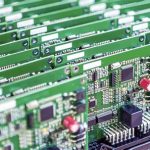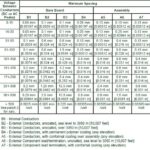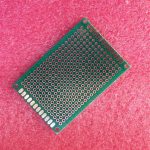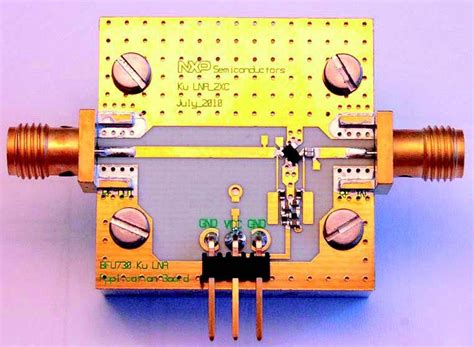
Blog
-
 Read more: Why is Green Soldermask Most Commonly Used for PCB Fabrication?
Read more: Why is Green Soldermask Most Commonly Used for PCB Fabrication?Introduction to PCB Soldermask Printed Circuit Boards (PCBs) are essential components in modern electronic devices, ranging from smartphones and computers to industrial equipment and medical devices. During the PCB fabrication process, one crucial step is the application of soldermask, which serves multiple purposes. Soldermask, also known as solder resist or […]
-
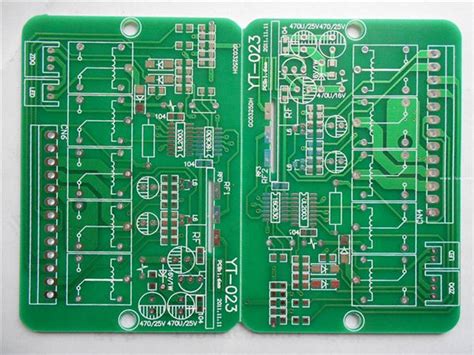 Read more: How to Remove Soldermask from Printed Circuit Boards?
Read more: How to Remove Soldermask from Printed Circuit Boards?What is PCB Soldermask and Why Remove It? Soldermask, also known as solder resist or solder mask, is a thin layer of polymer applied to the copper traces of a printed circuit board (PCB) to protect them from oxidation, prevent solder bridges, and provide electrical insulation. While soldermask is essential […]
-
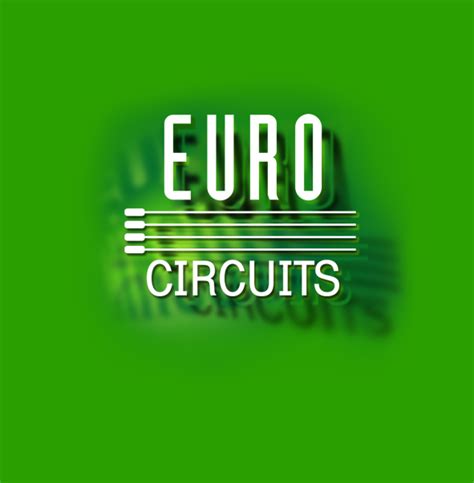 Read more: How do we Expose the Soldermask during Production?
Read more: How do we Expose the Soldermask during Production?What is Soldermask Exposure? Soldermask exposure is a crucial step in the printed circuit board (PCB) manufacturing process. It involves exposing the soldermask layer to ultraviolet (UV) light through a photomask, which selectively hardens the soldermask in the desired areas. The soldermask is a protective layer applied to the copper […]
-
SolderMask-Useful Progress In PCB Universe
Posted by
–
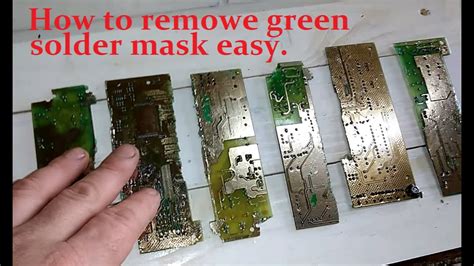 Read more: SolderMask-Useful Progress In PCB Universe
Read more: SolderMask-Useful Progress In PCB UniverseIntroduction to SolderMask and Its Role in PCB Manufacturing SolderMask, also known as solder resist or solder stop mask, is a thin protective layer applied to the copper traces of a printed circuit board (PCB). Its primary purpose is to prevent solder bridges from forming between closely spaced solder pads […]
-
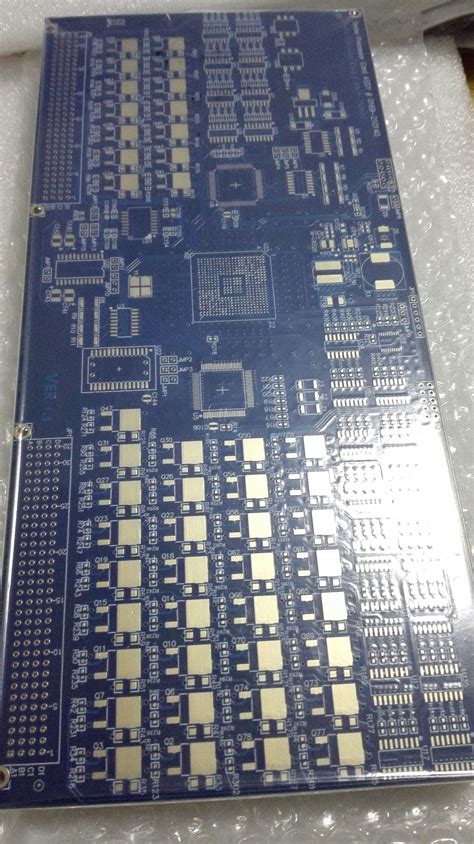 Read more: Advantages and Disadvantages of Copper Defined and Soldermask Defined Pad
Read more: Advantages and Disadvantages of Copper Defined and Soldermask Defined PadWhat are Copper Defined Pads? With copper defined pads (also known as non-solder mask defined or NSMD pads), the copper features on the outer layer of the PCB determine the size and shape of the exposed pads. The soldermask layer is then applied on top, with openings that are typically […]
-
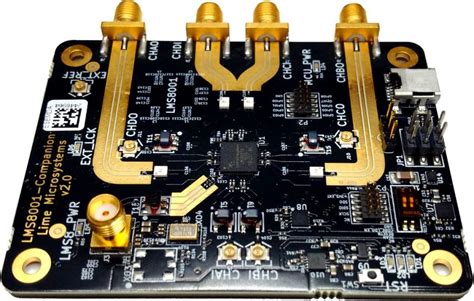 Read more: The common problems and solutions of PCB soldermask
Read more: The common problems and solutions of PCB soldermaskWhat is PCB Soldermask? PCB soldermask, also known as solder resist or solder mask, is a thin layer of polymer applied to the copper traces of a printed circuit board (PCB). Its primary purpose is to protect the copper traces from oxidation, prevent solder bridges from forming between closely spaced […]
-
How to Test PCB Soldermask?
Posted by
–
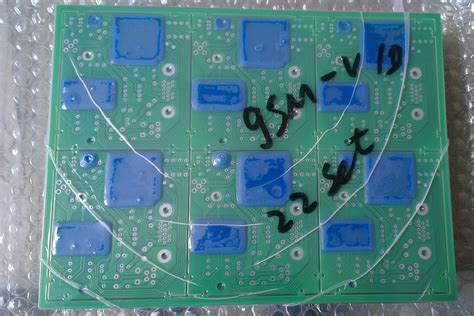 Read more: How to Test PCB Soldermask?
Read more: How to Test PCB Soldermask?Introduction to PCB Soldermask Testing Printed Circuit Board (PCB) soldermask is a protective layer applied to the copper traces of a PCB to prevent oxidation, provide electrical insulation, and improve the overall reliability of the board. Proper soldermask application is crucial for ensuring the functionality and longevity of the PCB. […]
-
4 Main Types of PCB Solder Mask
Posted by
–
 Read more: 4 Main Types of PCB Solder Mask
Read more: 4 Main Types of PCB Solder MaskWhat is a PCB Solder Mask? A PCB (printed circuit board) solder mask, also known as a solder resist or solder stop mask, is a thin lacquer-like layer of polymer applied to the copper traces of a PCB. The main purpose of the solder mask is to prevent solder from […]
-
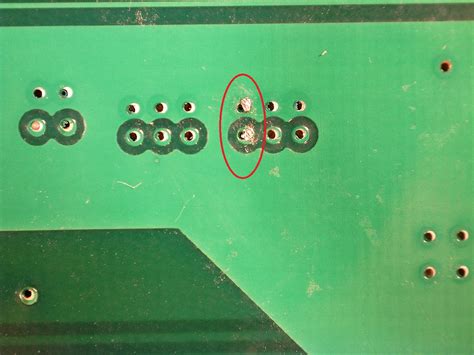 Read more: What is PCB Solder Mask – Introduction of Solder Mask
Read more: What is PCB Solder Mask – Introduction of Solder MaskWhat is PCB Solder Mask? PCB solder mask, also known as solder resist or solder stop mask, is a thin layer of polymer that is applied to the copper traces of a printed circuit board (PCB). The primary purpose of the solder mask is to protect the copper traces from […]
-
Ultimate Guide of PCB Solder Mask Opening
Posted by
–
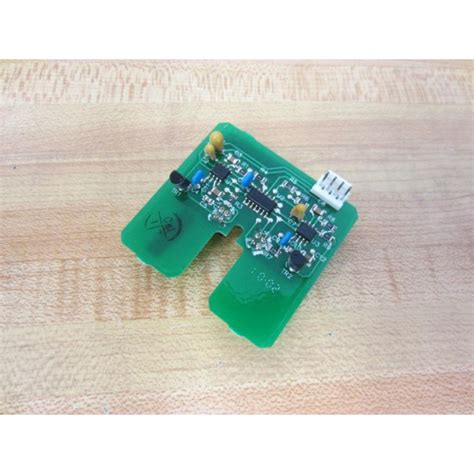 Read more: Ultimate Guide of PCB Solder Mask Opening
Read more: Ultimate Guide of PCB Solder Mask OpeningIntroduction to PCB Solder Mask Opening (SMO) Printed Circuit Boards (PCBs) are essential components in modern electronics, providing a platform for mounting and interconnecting electronic components. One critical aspect of PCB manufacturing is the application of a solder mask, which serves as a protective layer and helps to prevent short […]
